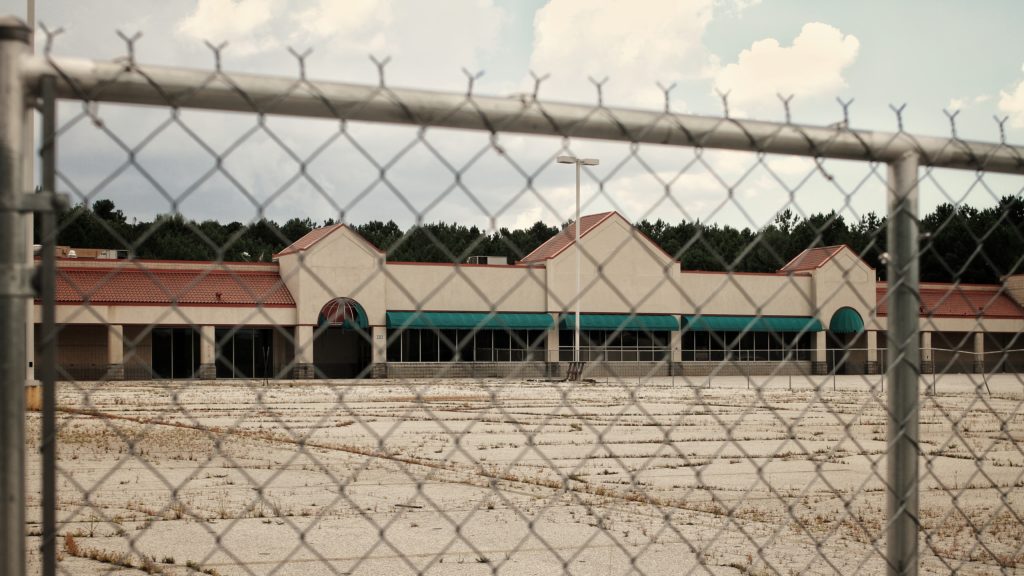The FWD #152 • 375 Words
Are vacant strip malls and empty K-Marts becoming future sites for affordable housing?
Here in Virginia and across the nation, some formerly bustling suburban corridors are empty and quiet. The strip malls and the first generation of big box stores are now vacant or repurposed for marginal uses. Old motels that served travelers on these arteries before interstates are now rundown and closed. These commercial areas, built from the 1950s to the early 1980s, are aging and obsolete. Their designs, traffic controls, drainage and other environmental conditions are outdated at best and hazardous at worst.
But now some of these areas are starting to see new life, just at the time when affordable housing developers are struggling to find developable land—especially in locations where NIMBYism is less likely to stall or prevent projects from moving forward. In March, the City of Richmond and Henrico County announced the use of federal brownfields funding to facilitate the redevelopment of sites along two aging commercial corridors, with housing prominently in the mix for future uses.
These localities weren’t the first. To the south and west of Richmond, Chesterfield County tweaked its zoning along the Route 1 corridor last year to facilitate multifamily development. Meanwhile, Fairfax County and other Northern Virginia jurisdictions have been setting the pace for this trend over the past decade.
Affordable housing developers have responded to these new opportunities, which come just in time as resources for affordable housing development are on the rise. Further, these once-abandoned corridors now offer the opportunity for better access to jobs and services as well as improved public transportation—circling back to the promise they offered in their heyday half a century ago.
The pandemic may have supercharged this trend. Some large retailers have closed suburban stores. Office space owners are now looking for alternate uses for buildings that were once full of workers, but now face an uncertain future as the “work from home” protocols from the year of COVID become long-term policies for many companies. In last week’s blog, we talked about the surge in resources for affordable housing, much of it coming from the public sector as a response to the pandemic. Now those same pandemic forces may be serving up the sites on which to build.
